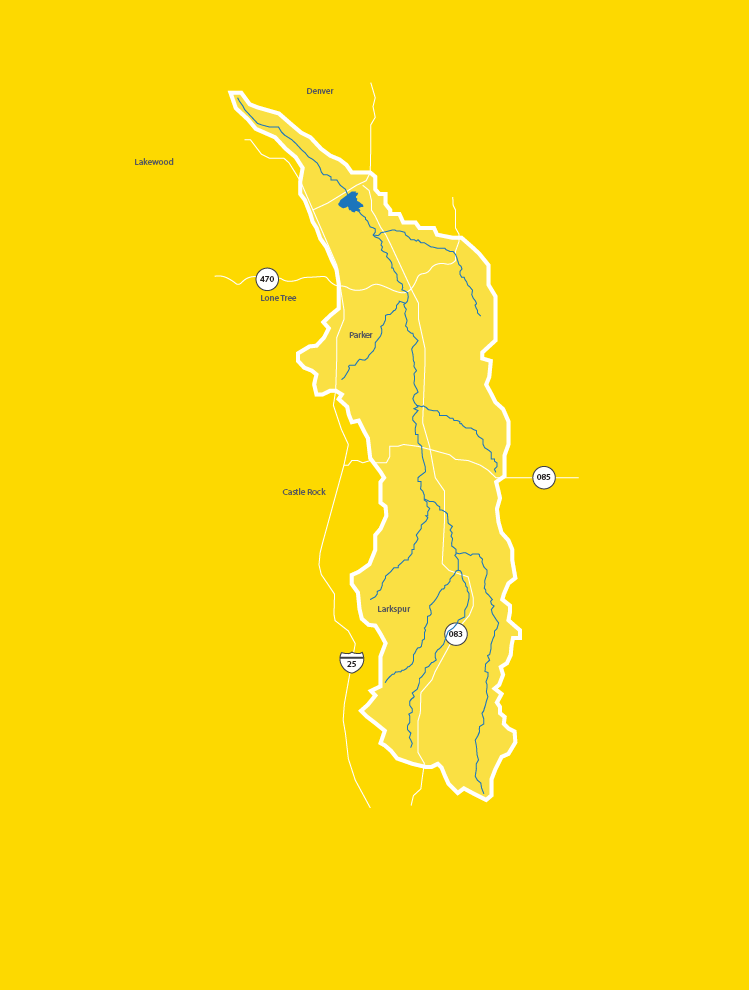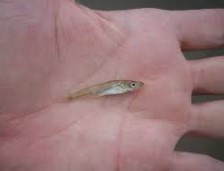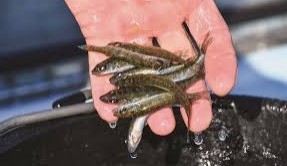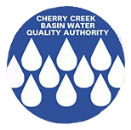
What is the CCBWQA?
CCBWQA was formed following the completion of a Clean Lakes Study in 1984, which led to the development of our first Master Plan in 1985. Subsequent to the adoption of the Master Plan, the local governments in the Cherry Creek Basin formed an Authority by intergovernmental agreement and worked diligently to gain State approval of legislation to create the Cherry Creek Basin Water Quality Authority. That goal was accomplished during the 1988 General Assembly with the Governor signing the Cherry Creek Basin Water Quality Authority Statute, House Bill 1029, on April 28, 1988 (C.R.S. 25-8.5-101 et seq.). The Statue was amended in 2002; this is the current version.
The Cherry Creek Basin Water Quality Authority (CCBWQA) is tasked with improving, protecting, and preserving water quality for beneficial uses.
CCBWQA is directed by an 18-member Board of Directors who are supported by a Technical Advisory Committee, and other technical experts contracted by CCBWQA.
Beneficial Uses
CCBWQA’s Statute calls for the Authority to benefit the inhabitants and landowners within its boundaries by preserving water quality in Cherry Creek and Cherry Creek Reservoir, and to benefit the people of the State of Colorado by preserving waters for recreation, fisheries, water supplies, and other beneficial uses. CCBWQA believes it has done a good job helping meet beneficial uses during a time in which activities in the Cherry Creek Basin has expanded significantly.
While some expanded uses are evident, some are less known. Each spring, Cherry Creek Reservoir is one of three Front Range waters that are used to provide fertilized walleye and saugeye eggs to Colorado Parks and Wildlife hatchery system. Saugeyes are a hatchery cross between walleye and sauger. The healthy walleye fishery is evidence that beneficial uses are being protected. Want more details on the walleye program? Check out this short video.
Due to COVID-19 precautions in spring 2020, the walleye spawning operations on the Front Range (including Cherry Creek Reservoir) were cancelled after only one day. Even though the egg take was a fraction of what is taken in a normal year, CCR was still stocked with 400,000 fingerling walleye in 2020, compared to a typical year when it receives four million fry and 12,000 fingerlings. Using many more fingerlings in 2020 should make up for the lack of millions of fry. Additionally, a walleye aging study was conducted in 2019 and analysis was completed in 2020, which showed that walleyes live up to 12 years in Cherry Creek Reservoir.


Walleye fry (left) and Walleye fingerlings (right)
CCBWQA Board
The governing body of CCBWQA is its Board of Directors (Board). Our Statute requires that CCBWQA Board includes representatives from each county and municipality, and one for the special districts within the watershed, as well as seven governor appointees.
Technical Advisory Committee (TAC)
The role of the TAC is to consider and report to the Board on matters of a scientific or technical nature. CCBWQA’s Bylaws allow each entity member (all municipalities, counties, and the wastewater district member) to appoint one representative to serve on the TAC. The Board may also appoint other individuals who represent educational or public interest groups having an interest in stormwater drainage and water quality in the Cherry Creek Basin, and any governmental or quasi-governmental agencies that are not members of CCBWQA, but have an interest in stormwater drainage or water quality in the Basin.
